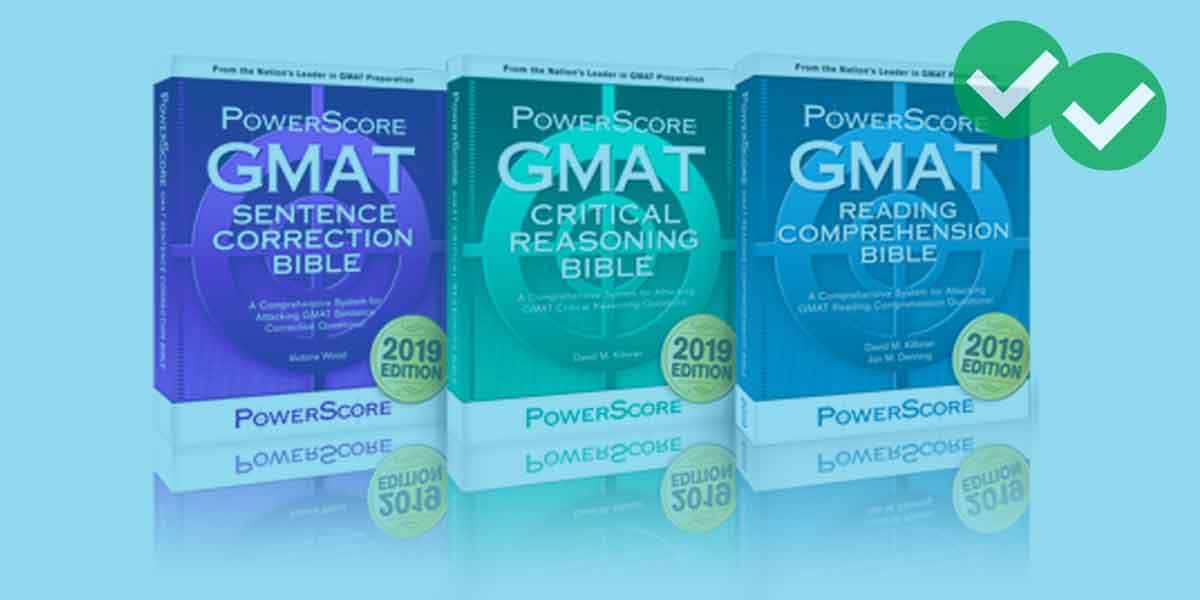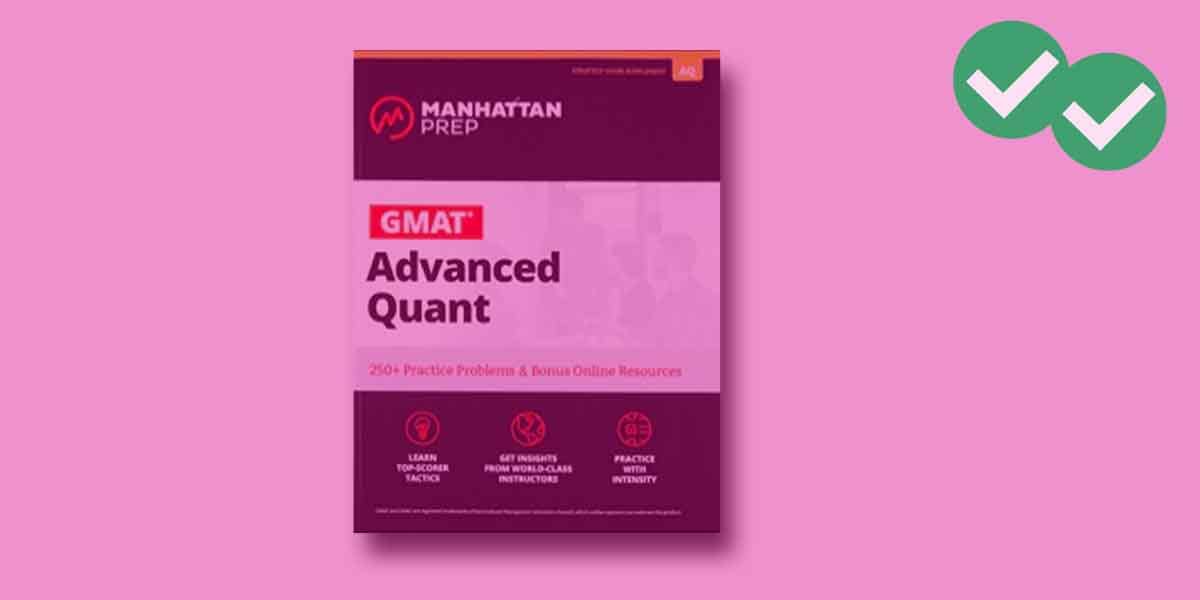Brandon Wu’s GMAT book is entitled 30 Day GMAT Success: How I Scored 780 in 30 Days and How You Can Too. Be warned, this is 30 solid days, no time off on weekends. Apparently, Mr. Wu is an intense dude who likes a hyperactive sprint of preparation, and sincerely believes this is really the best method for all learners out there.
Toward the beginning of the book, he lists five principles, and one of them, entitled “Avoid Information Overload”, is his argument about how one solid month of prep is so much better than learning over three or six months. Hmmm.
For very bright folks who are native English speakers, who are good at standardized tests in general, and who need no more than a refresher — say, people like Brandon Wu — this might be halfway reasonable advice. Nevertheless, many folks, with much more to learn, need the repeated exposures over multiple months. I believe Mr. Wu has written a book mostly for himself and for folks like him. If you’re looking for the best GMAT book on the market, I’d be hesitant to point you in this direction.
Overview of the GMAT
This is a more or less competent section covering the layout of the test. He makes two statements that I would call errors, and he keeps repeating them throughout the book. First, he says that the earlier questions, say the first 15 or so of a section, are more important than rest of the questions. This is not borne out by GMAC statements about the Computer Adaptive Test. To get a really good GMAT score, you need to get almost everything correct, and because of the magic of GMAC psychometric algorithm, a mistake in problem #3 will hurt you the same as a mistake in problem #32. If you are not aiming for one of the most elite scores, and say just average GMAT scores, this emphasis is even less justified. All the questions count equally, and the algorithm is very good at averaging out irregularities over all your responses.
Second, he says, “Leaving a question blank will hurt your score more than if you answer a question incorrectly.” (p. 31) Au contraire! The rules for leaving things blank are much more sophisticated than that. Furthermore, he doesn’t talk nearly enough about the importance of solution behavior.
This whole discussion of general logistics and overall strategies occupies about a quarter of the book.
Verbal
This book is not about presenting practice questions, just most verbal tips. He presents just handful of practice questions for each type — mostly questions that are not particularly GMAT-like in either their language or their intent. His questions are largely tailored to address particular points he is discussing, whereas real GMAT questions always have several things going on at once.
His section on Sentence Correction does a passable job giving a refresher on basic grammar. This would be clearly inadequate for someone for whom English was not a first language. He discusses absolutely none of the more subtle areas of Sentence Correction — Diction, Logical Predication, and Rhetorical Construction. One gets the sense that much of that trickier subtle stuff he just considers obvious, and thinks it will be obvious for his readers.
The Reading Comprehension passages were of varying quality. For each passage, he simply tells the reader what the main idea is, what the author’s tone & intent are, and what the supporting details are. It’s not at all clear to me that someone who has trouble identifying these parts of a passage would find anything illuminating about this discussion. Again, for the other Brandon Wu’s out there, who find all this obvious, his discussion would be sufficient.
The Critical Reasoning does a minimally adequate job of addressing the different question types, although there’s really no discussion of the variation within the type —- for example, the idea that a “find the inference” question and a “which conclusion is best supported” question are really of the same type and lend themselves to the same strategies. Yes, that might be obvious to some, but not to all.
Math
I like the “Math Terminology” glossary at the beginning of this section. After that, this section has some reasonably good discussions of backsolving and picking values for variables. After this, there’s more or less a laundry list of math topics, particularly weak on probability and algebra. It’s hardly a vote of confidence that he spelled “isosceles” incorrectly in the geometry section (a spelling mistake got through three editions of the book?) Probably the strongest part is a reasonably solid explanation of Data Sufficient strategies. Once again, his entire Quantitative section would be fantastic for someone who is already good at math, who has excellent problem solving instincts already, and who just needs a bit of a refresher. For anyone who seriously need to relearn math, this book will not be helpful in the least.
IR & AWA
These sections are exceedingly brief. Again, for folks who are good at testing and just need brief exposure to the basics, these sections might be enough. For folks who in any way feel daunted by either of these sections, this book provides scant support.
Summary
My take is that Brandon Wu has written a book for himself and for folks very much like him: bright, very good at standardized tests, strong a math, and able to learn quickly in an orgiastic surge of studying. He has written a book that tells people at the very high end of the Bell Curve how to do well — as any teacher knows, the easiest task in the world is teaching those students who probably don’t need a teacher at all! Much of the human population is not like this, and for this much larger group of people, this is not at all a helpful book.
The reasonably solid covering of some of the basics, and the good discussion of DS strategy, save this book from total failure.
Grade: D






Leave a Reply